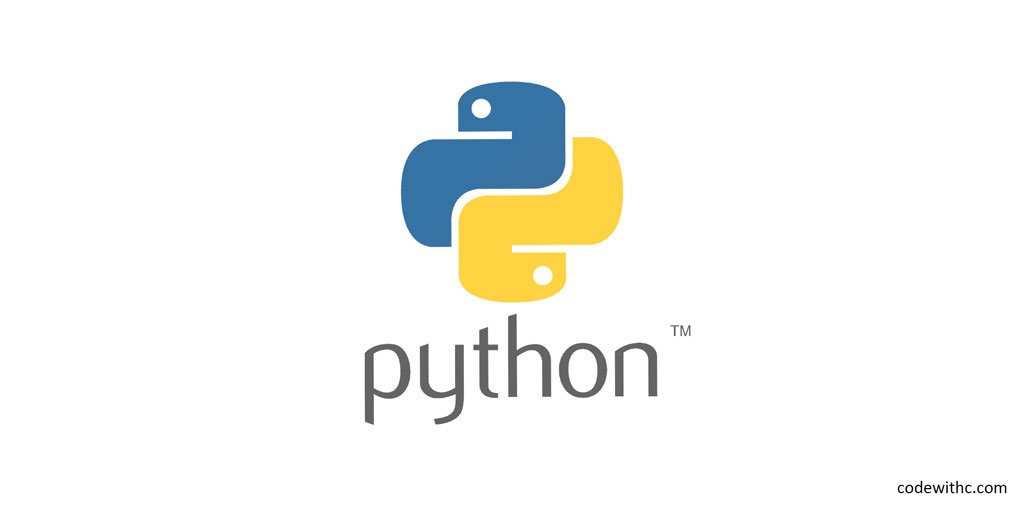Python Functions – Every programming journey inevitably leads to a realization: redundancy is a coder’s adversary. Writing the same lines of code or logic repetitively not only bloats the program but also makes maintenance a nightmare. Enter functions – the saviors of modularity and reusability. Today, we’ll explore how to harness the power of functions in Python to write cleaner, more efficient code.
Functions are the building blocks of a program. They encapsulate a specific task or logic, allowing us to call upon it whenever needed without rewriting the entire code. This modular approach is not only efficient but also simplifies debugging and enhances readability.
Let’s dive into a Python example to elucidate the concept of Python Functions:
def greet(name):
return f"Hello, {name}! Welcome to the world of Python."
# Calling the function
message = greet("Alice")
print(message)
Python Functions Code Explanation:
In this illustrative snippet:
- We define a function
greetthat takes a single parameter,name. - The function returns a personalized greeting message using an f-string, a Python feature that allows for embedding expressions inside string literals.
- We then call the
greetfunction with the argument “Alice” and print the returned message.
Expected Output:
Hello, Alice! Welcome to the world of Python.
Wrapping Up:
Python’s approach to functions exemplifies its commitment to clarity and simplicity. By leveraging functions, developers can structure their code more efficiently, paving the way for scalable and maintainable software. As you embark on more complex projects, the ability to compartmentalize code into functions will prove invaluable.
